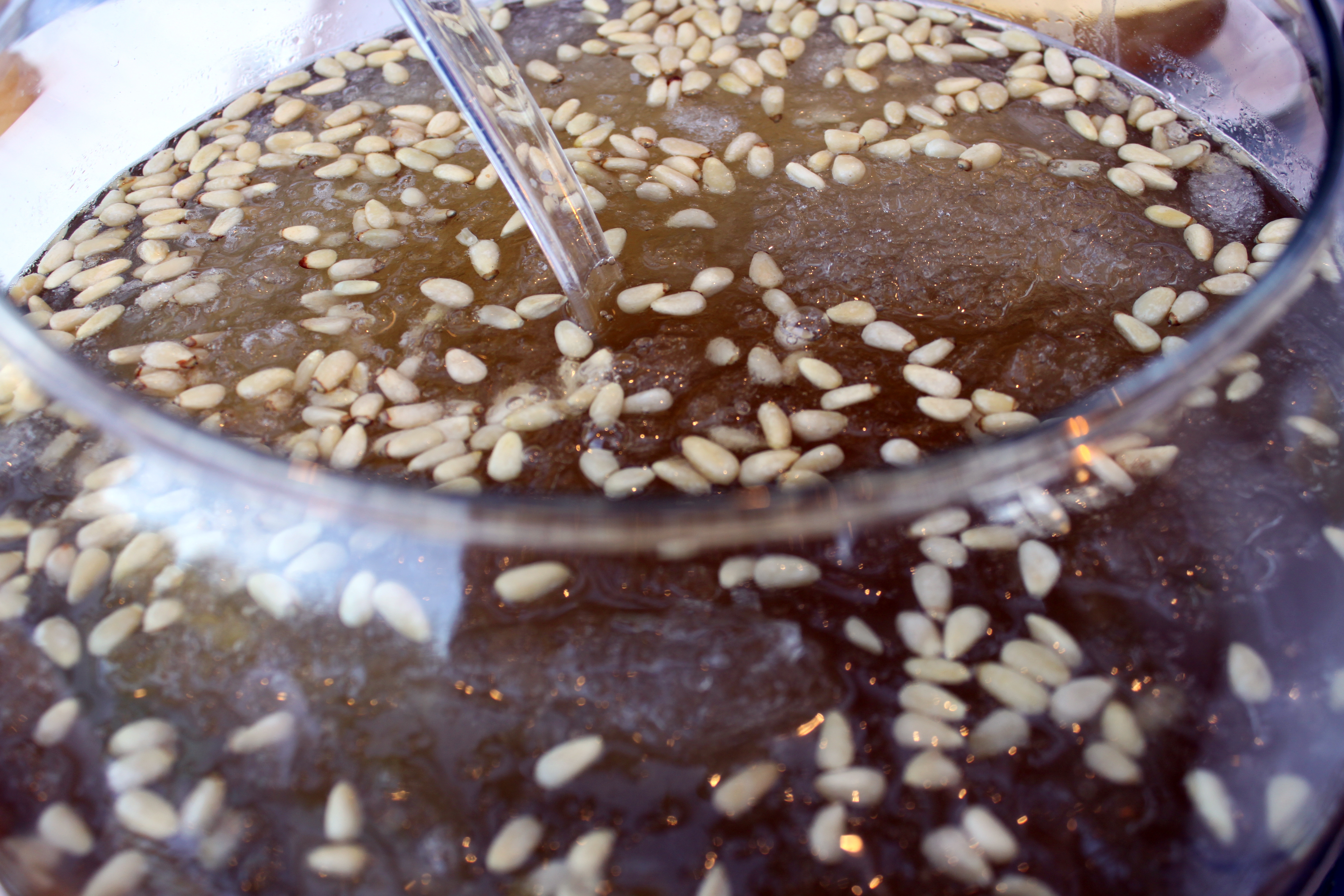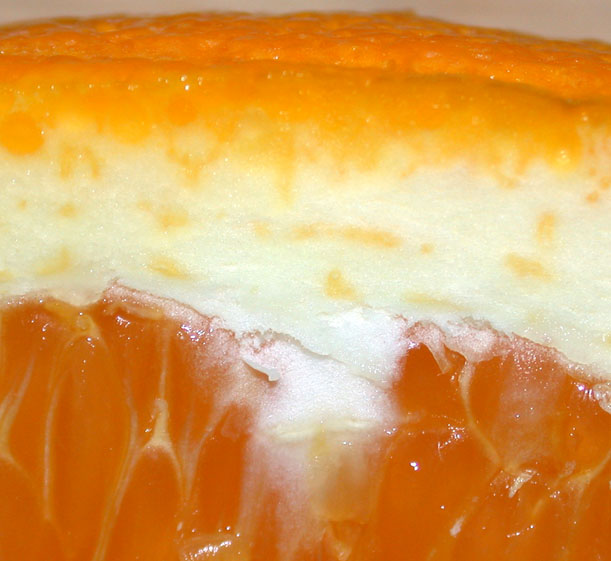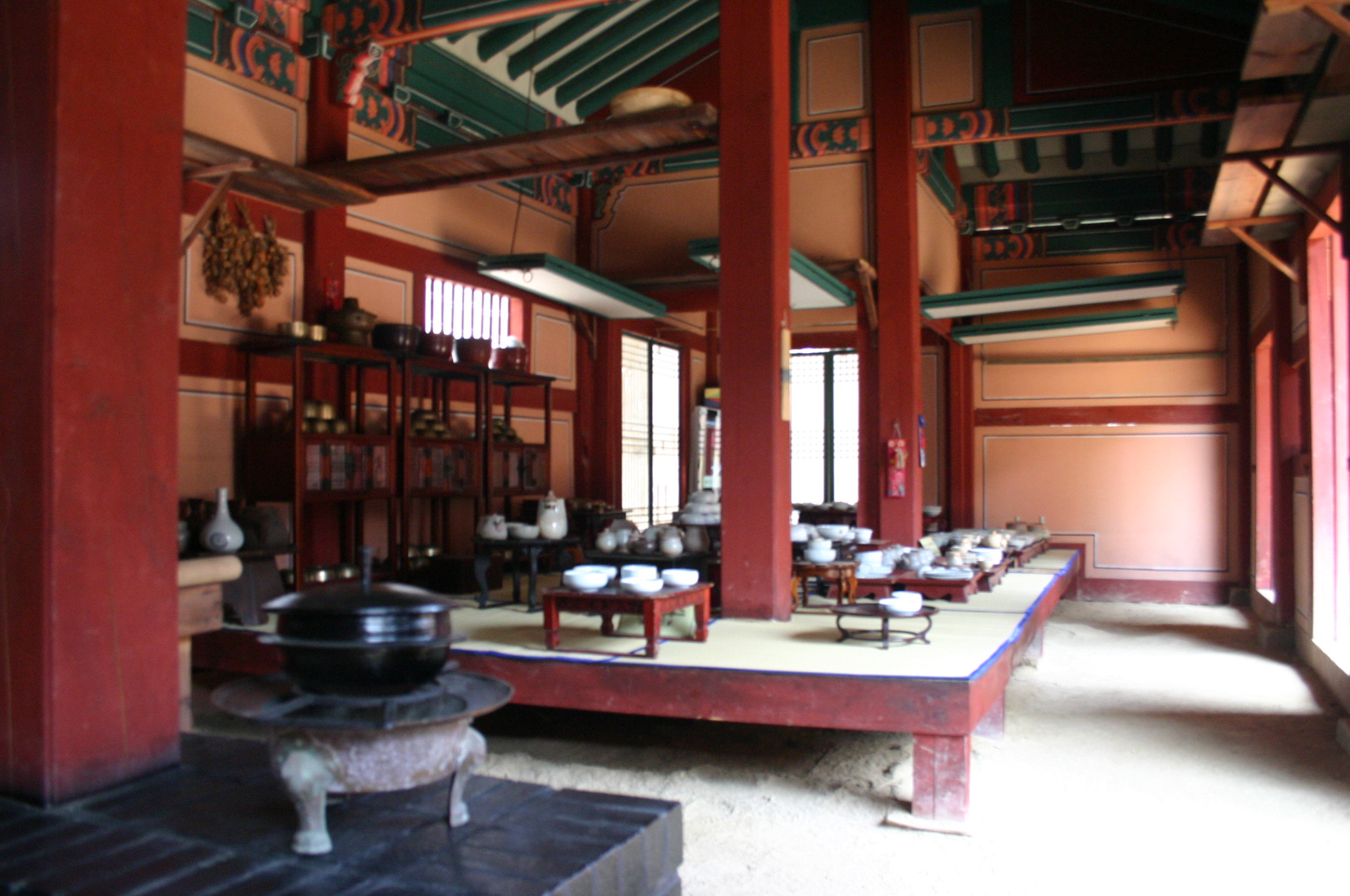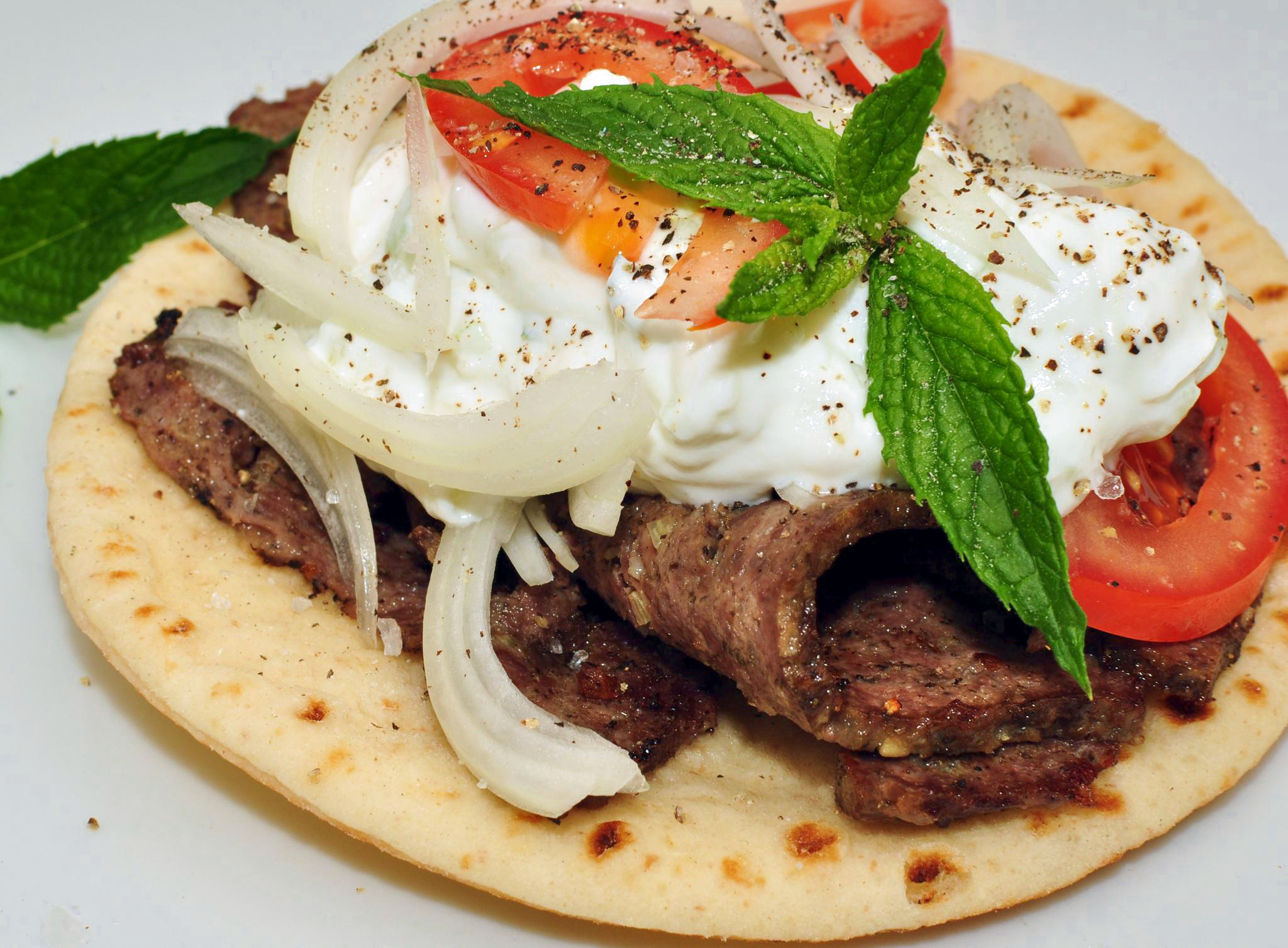|
Yuja Hwachae
''Yuja-hwachae'' () is a variety of ''hwachae'', Korean traditional fruit punch made with finely shredded ''yuja'', Korean pear, and honey or sugar. In Korea, ''yuja'' are largely cultivated in the southern part of the Korean peninsula such as Goheung and Wando, Geoje, and Namhae. Therefore, ''yuja hwachae'' has been a local specialty of the Jeolla Province and Gyeongsang Province. Preparation One ''yuja'' is slit down into a quarter to peel off its rind to carefully keep the inner flesh intact. The peeled fruit is divided into its segments from which the endocarp, central column and seeds are taken out. Each piece of the rinds is placed on a cutting board and the zest is finely shredded after the white membrane are removed. A peeled Korean pear is thinly shredded and placed alongside the array of the zest. The ''yuja'' flesh is squeezed to produce the juice that is mixed with prepared and chilled syrup made of water and sugar. The shredded zest and pear are arranged in a lar ... [...More Info...] [...Related Items...] OR: [Wikipedia] [Google] [Baidu] |
Hwachae
''Hwachae'' () is a general term for traditional Korean punches, made with various fruits or edible flower petals. The fruits and flowers are soaked in honeyed water or honeyed magnolia berry juice. In modern South Korea, carbonated drinks and/or fruit juices are also commonly added to ''hwachae''. Hwachae is often garnished with pine nuts before it is served. Types It is said that there are around thirty types of traditional ''hwachae''. Fruit * ''Aengdu-hwachae'' (; "cherry punch") – made with Korean cherries and honeyed water. It is associated with Dano, the fifth day of the fifth lunar month. * ''Bae-hwachae'' (; "pear punch") – made with flower-shaped pieces of Korean pear and honeyed magnolia berry juice. * ''Boksunga-hwachae'' (; "peach punch") – made with peach preserved in honey and sugared water. * ''Chamoe-hwachae'' (; "melon punch") – made with Korean melon slices, cherries, celery slices, and honeyed magnolia berry juice. * ''Cheondoboksunga-hwa ... [...More Info...] [...Related Items...] OR: [Wikipedia] [Google] [Baidu] |
Peel (fruit)
Peel, also known as rind or skin, is the outer protective layer of a fruit or vegetable which can be peeled off. The rind is usually the botanical exocarp, but the term exocarp also includes the hard cases of nuts, which are not named peels since they are not peeled off by hand or peeler, but rather shells because of their hardness. A fruit with a thick peel, such as a citrus fruit, is called a hesperidium. In hesperidia, the inner layer (also called ''albedo'' or, among non-botanists, ''pith'') is peeled off together with the outer layer (called flavedo), and together they are called the peel. The flavedo and albedo, respectively, are the exocarp and the mesocarp. The juicy layer inside the peel (containing the seeds) is the endocarp. Uses Depending on the thickness and taste, fruit peel is sometimes eaten as part of the fruit, such as with apples. In some cases the peel is unpleasant or inedible, in which case it is removed and discarded, such as with bananas or grapefrui ... [...More Info...] [...Related Items...] OR: [Wikipedia] [Google] [Baidu] |
Pancake
A pancake (or hotcake, griddlecake, or flapjack) is a flat cake, often thin and round, prepared from a Starch, starch-based batter (cooking), batter that may contain eggs, milk and butter and cooked on a hot surface such as a griddle or frying pan, often frying with oil or butter. It is a type of batter bread. Archaeological evidence suggests that pancakes were probably eaten in prehistoric societies. The pancake's shape and structure varies worldwide. In the United Kingdom, pancakes are often leavening agent, unleavened and resemble a crêpe. In North America, a leavening agent is used (typically baking powder) creating a thick fluffy pancake. A ''crêpe'' is a thin Brittany, Breton pancake of French origin cooked on one or both sides in a special pan or crepe maker to achieve a lacelike network of fine bubbles. A well-known variation originating from southeast Europe is a ''palačinke'', a thin moist pancake fried on both sides and filled with jam, cream cheese, chocolate, ... [...More Info...] [...Related Items...] OR: [Wikipedia] [Google] [Baidu] |
Hwajeon
''Hwajeon'' (), or flower cake is a small Korean pan-fried rice cake. It is made out of glutinous rice flour, honey and edible petals from seasonal flowers, such as rhododendron. It is eaten during the festivals of ''Samjinnal'' and Buddha's Birthday. Etymology The word ''hwajeon'' (; ) is a compound noun made of the hanja character ''hwa'' (; ), meaning "flower", and the character '' jeon'' (; ), meaning "a pan-fry". The synonyms ''kkot-bukkumi'' () and ''kkot-jijimi'' () are also compounds of the native Korean word ''kkot'' (), meaning "flower", and ''bukkumi'' (), meaning a "pan-fried rice cake"; or ''kkot'' () and ''jijimi'' (), meaning "pancake". Varieties and preparation ''Hwajeon'' is made of edible petals from seasonal flowers. Typically, rhododendron, pear flower, goldenbell flower, cherry blossom, and violet are used in spring; rose is used in summer; and chrysanthemum and cockscomb are used in autumn. In winter when flowers are scarce in Korea, alternatives lik ... [...More Info...] [...Related Items...] OR: [Wikipedia] [Google] [Baidu] |
Yin And Yang
Yin and yang ( and ) is a Chinese philosophy, Chinese philosophical concept that describes opposite but interconnected forces. In Chinese cosmology, the universe creates itself out of a primary chaos of material energy, organized into the cycles of yin and yang and formed into objects and lives. Yin is the receptive and yang the active principle, seen in all forms of change and difference such as the annual cycle (winter and summer), the landscape (north-facing shade and south-facing brightness), sexual coupling (female and male), the formation of both men and women as characters and sociopolitical history (disorder and order). Taiji (philosophy), Taiji or Tai chi () is a Chinese cosmological term for the "Supreme Ultimate" state of undifferentiated absolute and infinite potential, the oneness before duality, from which yin and yang originate. It can be compared with the old ''Wuji (philosophy), wuji'' (, "without pole"). In the cosmology pertaining to yin and yang, the mate ... [...More Info...] [...Related Items...] OR: [Wikipedia] [Google] [Baidu] |
Lunar Calendar
A lunar calendar is a calendar based on the monthly cycles of the Moon's phases (synodic months, lunations), in contrast to solar calendars, whose annual cycles are based only directly on the solar year. The most commonly used calendar, the Gregorian calendar, is a solar calendar system that originally evolved out of a lunar calendar system. A purely lunar calendar is also distinguished from a lunisolar calendar, whose lunar months are brought into alignment with the solar year through some process of intercalation. The details of when months begin vary from calendar to calendar, with some using new, full, or crescent moons and others employing detailed calculations. Since each lunation is approximately days, (which gives a mean synodic month as 29.53059 days or 29 days 12 hours 44 minutes and 3 seconds) it is common for the months of a lunar calendar to alternate between 29 and 30 days. Since the period of 12 such lunations, a lunar year, is 354 days, 8 h ... [...More Info...] [...Related Items...] OR: [Wikipedia] [Google] [Baidu] |
Joseon Dynasty
Joseon (; ; Middle Korean: 됴ᇢ〯션〮 Dyǒw syéon or 됴ᇢ〯션〯 Dyǒw syěon), officially the Great Joseon (; ), was the last dynastic kingdom of Korea, lasting just over 500 years. It was founded by Yi Seong-gye in July 1392 and replaced by the Korean Empire in October 1897. The kingdom was founded following the aftermath of the overthrow of Goryeo in what is today the city of Kaesong. Early on, Korea was retitled and the capital was relocated to modern-day Seoul. The kingdom's northernmost borders were expanded to the natural boundaries at the rivers of Amrok and Tuman through the subjugation of the Jurchens. During its 500-year duration, Joseon encouraged the entrenchment of Confucian ideals and doctrines in Korean society. Neo-Confucianism was installed as the new state's ideology. Buddhism was accordingly discouraged, and occasionally the practitioners faced persecutions. Joseon consolidated its effective rule over the territory of current Korea and saw the ... [...More Info...] [...Related Items...] OR: [Wikipedia] [Google] [Baidu] |
Korean Royal Court Cuisine
Korean royal court cuisine (''Joseon Wangjo Gungjung yori'') was the style of cookery within Korean cuisine traditionally consumed at the court of the Joseon Dynasty, which ruled Korea from 1392 to 1910. There has been a revival of this cookery style in the 21st century. It is said that twelve dishes should be served along with rice and soup, with most dishes served in ''bangjja'' ( bronzeware). History Collectively known as ''gungjung eumsik'' during the pre-modern era, the foods of the royal palace reflected the opulent nature of the past rulers of the Korean peninsula. The opulent nature of the royalty is evidenced in examples as far back as the Silla kingdom, where a man-made lake (Anapji Lake, located in Gyeongju), was created with multiple pavilions and halls for the sole purpose of opulent banquets and a spring fed channel, Poseokjeong, was created for the singular purpose of setting wine cups afloat during the writing of poems. Reflecting the regionalism of the kingdoms ... [...More Info...] [...Related Items...] OR: [Wikipedia] [Google] [Baidu] |
Garnish (food)
A garnish is an item or substance used as a decoration or embellishment accompanying a prepared food dish or drink. In many cases, it may give added or contrasting flavor. Some garnishes are selected mainly to augment the visual impact of the plate, while others are selected specifically for the flavor they may impart. This is in contrast to a condiment, a prepared sauce added to another food item primarily for its flavor. A food item which is served with garnish may be described as being garni, the French term for "garnished." Many garnishes are not intended to be eaten, though for some it is fine to do so. Parsley is an example of a traditional garnish; this pungent green herb has small distinctly shaped leaves, firm stems, and is easy to trim into a garnish. Overview A garnish makes food or drink items more visually appealing. They may, for example, enhance their color, such as when paprika is sprinkled on a salmon salad. They may provide a color contrast, for example whe ... [...More Info...] [...Related Items...] OR: [Wikipedia] [Google] [Baidu] |
Pine Nut
Pine nuts, also called piñón (), pinoli (), pignoli or chilgoza (), are the edible seeds of pines (family Pinaceae, genus ''Pinus''). According to the Food and Agriculture Organization, only 29 species provide edible nuts, while 20 are traded locally or internationally owing to their seed size being large enough to be worth harvesting; in other pines, the seeds are also edible, but are too small to be of notable value as a human food. Species and geographic spread In Asia, two species in particular are widely harvested: Korean pine (''Pinus koraiensis'') in northeast Asia (the most important species in international trade) and chilgoza pine (''Pinus gerardiana'') in the western Himalaya. Four other species, Siberian pine (''Pinus sibirica''), Siberian dwarf pine (''Pinus pumila''), Chinese white pine (''Pinus armandii'') and lacebark pine (''Pinus bungeana''), are also used to a lesser extent. Russia is the largest producer of ''Pinus sibirica'' nuts in the world, followed b ... [...More Info...] [...Related Items...] OR: [Wikipedia] [Google] [Baidu] |
Aril
An aril (pronounced ), also called an arillus, is a specialized outgrowth from a seed that partly or completely covers the seed. An arillode or false aril is sometimes distinguished: whereas an aril grows from the attachment point of the seed to the ovary (from the funiculus or '' hilum''), an arillode forms from a different point on the seed coat. The term "aril" is sometimes applied to any fleshy appendage of the seed in flowering plants, such as the mace of the nutmeg seed. Arils and arillodes are often edible enticements that encourage animals to transport the seed, thereby assisting in seed dispersal. Pseudarils are aril-like structures commonly found on the pyrenes of Burseraceae species that develop from the mesocarp of the ovary. The fleshy, edible pericarp splits neatly in two halves, then falling away or being eaten to reveal a brightly coloured pseudaril around the black seed. The aril may create a fruit-like structure, called (among other names) a ''false fruit ... [...More Info...] [...Related Items...] OR: [Wikipedia] [Google] [Baidu] |
Pomegranate
The pomegranate (''Punica granatum'') is a fruit-bearing deciduous shrub in the family Lythraceae, subfamily Punicoideae, that grows between tall. The pomegranate was originally described throughout the Mediterranean Basin, Mediterranean region. It was introduced into Spanish America in the late 16th century and into California by New Spain, Spanish settlers in 1769. The fruit is typically in season in the Southern Hemisphere from March to May, and in the Northern Hemisphere from September to February. As intact sarcotestas or juice, pomegranates are used in baking, cooking, juice blends, meal garnish (food), garnishes, smoothies, and alcoholic beverages, such as cocktails and wine. Pomegranates are widely cultivated throughout the Middle East and Caucasus region, North Africa, north and tropical Africa, Iran, Armenia, the Indian subcontinent, Central Asia, the drier parts of Southeast Asia, and the Mediterranean Basin. Etymology The name pomegranate derives from medie ... [...More Info...] [...Related Items...] OR: [Wikipedia] [Google] [Baidu] |








